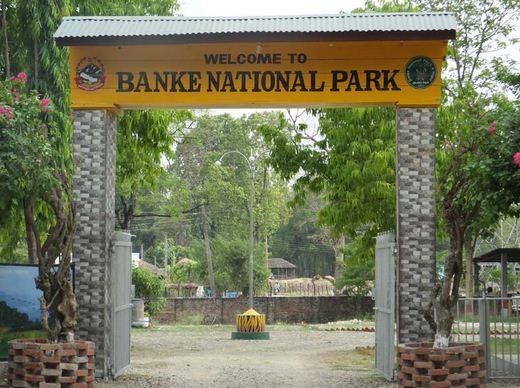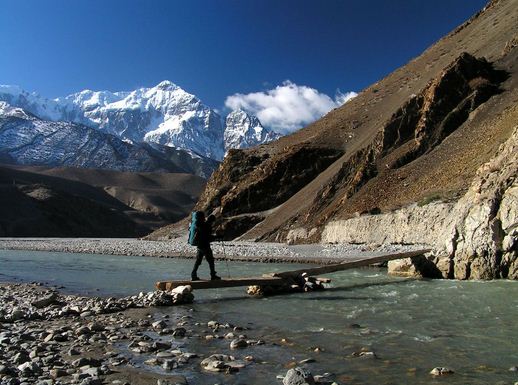Area: 550 sq km
Established: 2010
Coordinates: 28.1911°N 81.9128°E
Governing body: Department of National Parks and Wildlife Conservation, Ministry of Forests and Soil Conservation
Banke National Park was established in 12th July 2010. It lies in the Banke District of Nepal. It extends over five hundred fifty sq kilometer. National Park lies in the Churia Mountain Range. It provides habitats for a Wide Range of Wildlife. The Park is the newest Protected Area of Nepal. The Park is linked with Suhelwa Wildlife Sanctuary of India in the South through National and community forests and with Bardia National Park in the west.
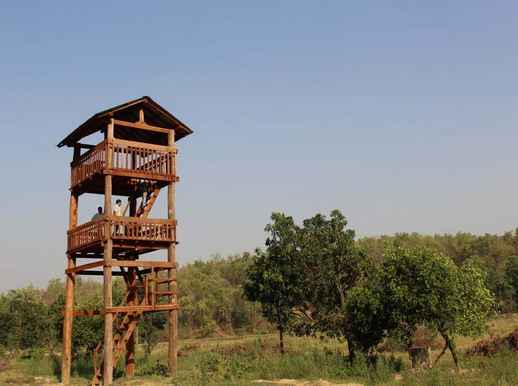 Banke National Park is home to eight ecosystem types like Sal Forest, Deciduous Riverine Forest, Savannahs and Grasslands, mixed hardwood forest, flood plain community, Bhabar and foot Hills of Chure Range. There are about One hundred Twenty Four Plant species, Thirty Four Species of Mammals, more than Three hundred species of Birds, Twenty four species of Reptiles, Seven Amphibian Species and Fifty eight species of Fish found in the park and the Ninety percent of Natural Forest is composed mainly of Sal, Karma, Khair and Sissoo. Tiger, Striped Hyaena and Four-Horned Antelope are the three species of Mammals. Similarly, Giant Hornbill, Black Stork, Bengal Florican and Lesser Florican are the four species of Birds and Gharial Crocodile and Python are two species of Reptiles residing in the park and are protected by the National Parks and Wildlife Conservation Act 1973.
Banke National Park is home to eight ecosystem types like Sal Forest, Deciduous Riverine Forest, Savannahs and Grasslands, mixed hardwood forest, flood plain community, Bhabar and foot Hills of Chure Range. There are about One hundred Twenty Four Plant species, Thirty Four Species of Mammals, more than Three hundred species of Birds, Twenty four species of Reptiles, Seven Amphibian Species and Fifty eight species of Fish found in the park and the Ninety percent of Natural Forest is composed mainly of Sal, Karma, Khair and Sissoo. Tiger, Striped Hyaena and Four-Horned Antelope are the three species of Mammals. Similarly, Giant Hornbill, Black Stork, Bengal Florican and Lesser Florican are the four species of Birds and Gharial Crocodile and Python are two species of Reptiles residing in the park and are protected by the National Parks and Wildlife Conservation Act 1973.
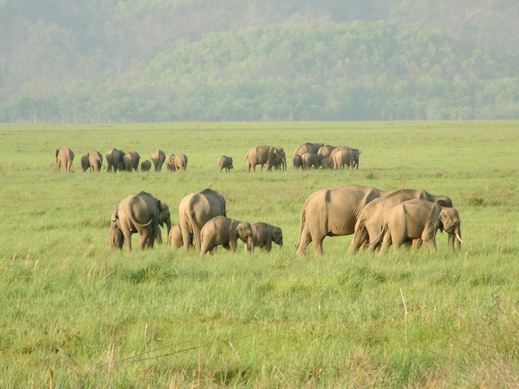 The Rapti River on the south and the Babai River on the north serves as the water resources for the Park. The habitat of flood plain, Foot Hill and Churia Hill are of prime concern to conserve major focus species such as Royal Bengal Tiger, Asiatic Wild Elephant and Four-Horned Antelope. Furthermore, the Rapti River in the South and Babai River in the North forms the life line of the Park. The main objectives of the park is conserving endangered species of wild Flora and Fauna, Livelihood promotion, Income Generation and Community Development activities and strengthening transaction boundary Biological Corridor.
The Rapti River on the south and the Babai River on the north serves as the water resources for the Park. The habitat of flood plain, Foot Hill and Churia Hill are of prime concern to conserve major focus species such as Royal Bengal Tiger, Asiatic Wild Elephant and Four-Horned Antelope. Furthermore, the Rapti River in the South and Babai River in the North forms the life line of the Park. The main objectives of the park is conserving endangered species of wild Flora and Fauna, Livelihood promotion, Income Generation and Community Development activities and strengthening transaction boundary Biological Corridor.
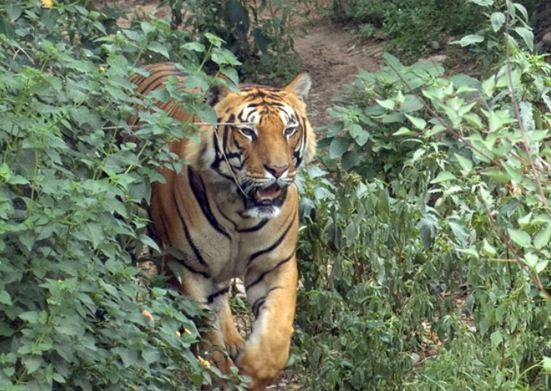 Ecosystems include deciduous Riverine Forests, Sal forests, Hardwood forests, Grasslands, Savannahs, and flood plains. More commonly known as Sal, and the Shorea Robusta is Slow-Growing Tree that can reach a height of 35 meters in the right conditions, with its Trunk diameter growing to around 2.5 meter is also found. The Sal Tree is important in the Hindu Tradition, as it is believed to be favored by Vishnu. Banke National Park was established with the objective of conserving endangered species of wild flora and fauna and their habitat, promoting Eco-Tourism, facilitating Buffer Zone for Resources Management, the Ninety percent of the economy of these people depends on agriculture with the remaining Ten percent depending on Trade and Labor.
Ecosystems include deciduous Riverine Forests, Sal forests, Hardwood forests, Grasslands, Savannahs, and flood plains. More commonly known as Sal, and the Shorea Robusta is Slow-Growing Tree that can reach a height of 35 meters in the right conditions, with its Trunk diameter growing to around 2.5 meter is also found. The Sal Tree is important in the Hindu Tradition, as it is believed to be favored by Vishnu. Banke National Park was established with the objective of conserving endangered species of wild flora and fauna and their habitat, promoting Eco-Tourism, facilitating Buffer Zone for Resources Management, the Ninety percent of the economy of these people depends on agriculture with the remaining Ten percent depending on Trade and Labor.
 Here is Nepal a blog about Nepal
Here is Nepal a blog about Nepal
